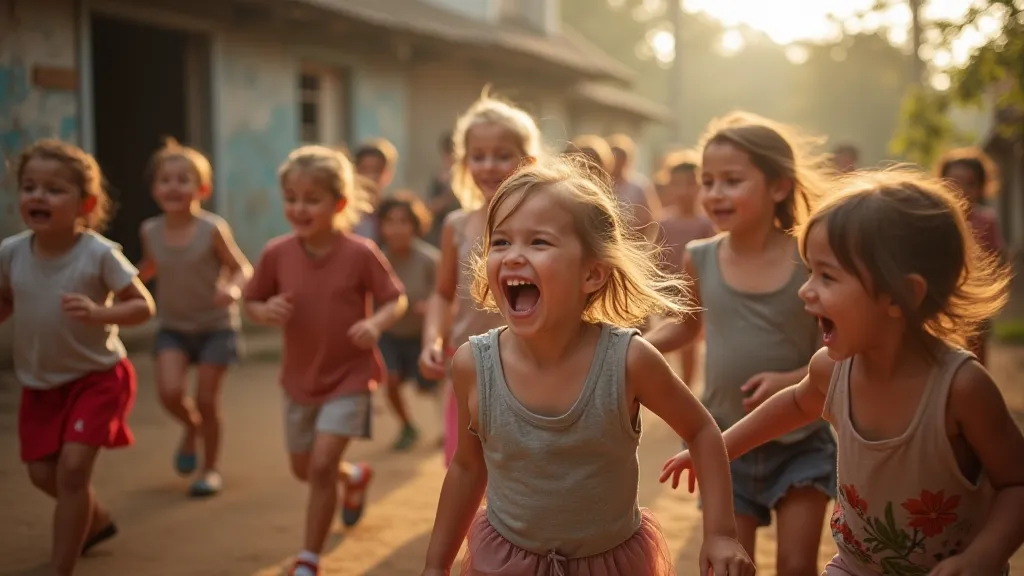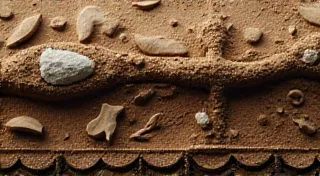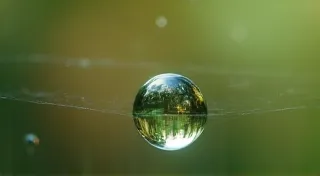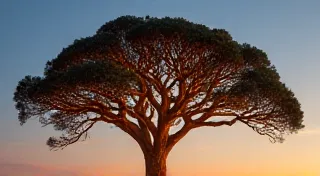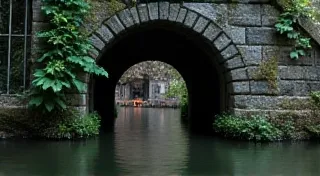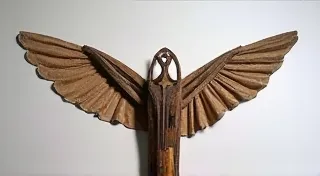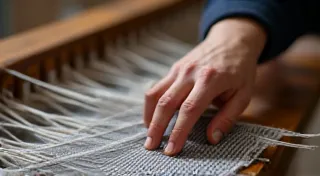The Playground of Memory: Games and Collective Identity
There's a particular scent that clings to memories, isn’t there? For some, it's the smell of baking bread, for others, old books. For me, it's the faint, oily fragrance emanating from an antique accordion, a smell I associate with my grandfather and the vibrant, laughter-filled village square where he would play. He wasn't playing music for performance, not really. He was playing for us, for the community, as a continuation of a tradition, a thread connecting generations. And just as that accordion embodies a lineage of craftsmanship and musical expression, so too do the traditional games we play, or *used* to play, serve as potent symbols of shared heritage and collective identity.
Think back. Can you recall a game that you played as a child, one that wasn’t born from a screen or a commercial, but from the earth itself? A game your parents, and their parents before them, played? These aren't just amusements; they are living archives, repositories of cultural memory, subtly reinforcing a sense of belonging and shared history. They offer a glimpse into the values, beliefs, and social structures of a region, often in a way that formal history books simply cannot.
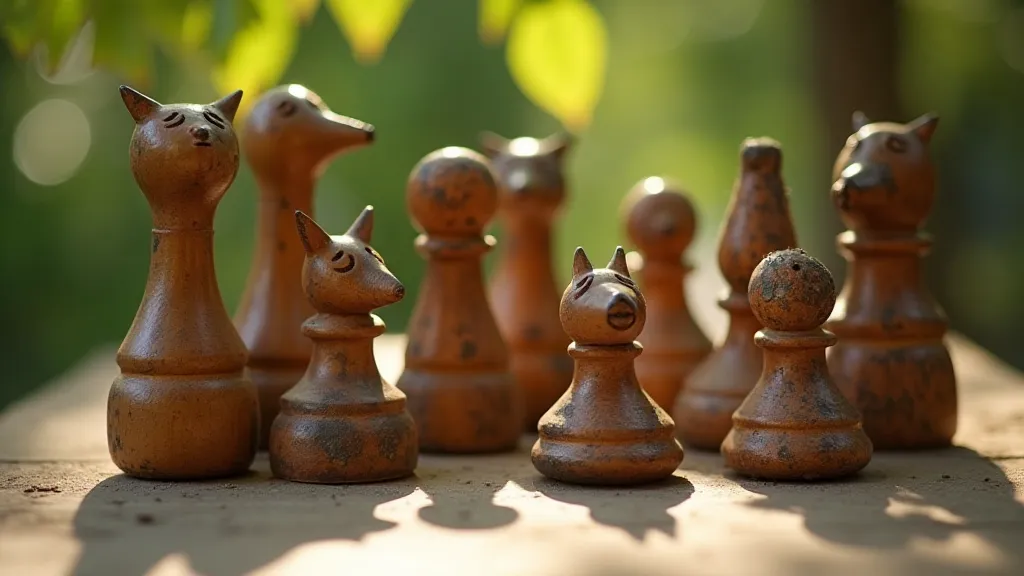
Beyond Amusement: The Social Fabric of Play
Consider *Kabaddi*, a contact sport originating in ancient India. More than just a physical contest, it demands teamwork, strategy, and immense mental fortitude. The ritualistic chants, the specific rules regarding raiding and defending – all these elements are steeped in cultural significance. Kabaddi isn’t just about winning; it’s about demonstrating respect for opponents, upholding tradition, and fostering a sense of community spirit. Similarly, in rural Japan, *Owaré*, a game of capturing stones, was traditionally played by farmers during the downtime in the rice paddies. It's a game of patience, observation, and strategic thinking, reflecting the qualities valued in an agricultural society. The very act of gathering together to play reinforces social bonds and passes down valuable skills.
These games aren’t static relics of the past. They adapt and evolve, absorbing influences from neighboring cultures while retaining their core essence. However, the vital point remains: they are inextricably linked to the landscape, the livelihoods, and the collective memory of the people who play them. When a game fades from popularity, it’s often a symptom of deeper societal changes – urbanization, globalization, the dominance of mass media. The loss of these games represents more than just the loss of a pastime; it signifies a weakening of the threads that bind a community together.
The Craftsmanship of Tradition
The physical instruments used to play these games are often themselves testaments to the skill and ingenuity of local artisans. Think of the intricately carved wooden boards for Mancala games found throughout Africa, or the meticulously crafted balls made from natural materials like hand-stitched leather or tightly woven plant fibers. The act of making these game pieces wasn't merely a functional exercise; it was a craft passed down through generations, imbued with cultural significance. The quality of the materials, the precision of the carving, the durability of the construction – all reflected the pride and artistry of the maker. Just as a skilled accordion maker pours their heart and soul into crafting an instrument, a game-maker invested a piece of themselves into their creation.
My grandfather had a particular fondness for old accordions, not just for their sound, but for the embodiment of human effort they represented. He would spend hours meticulously cleaning and repairing them, painstakingly replacing worn bellows and re-gluing loose keys. He saw it as a responsibility to preserve not just the instrument itself, but the tradition it represented. Restoration, in essence, is about more than just fixing something; it's about reconnecting with the past, understanding the values and skills of those who came before us, and ensuring that their legacy endures.
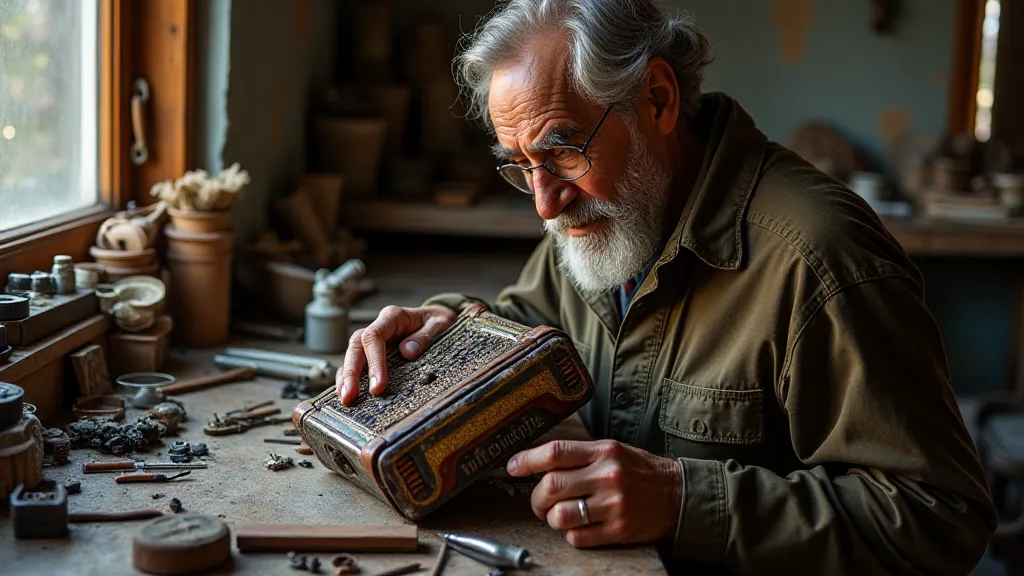
Preserving the Threads: Challenges and Opportunities
In today's rapidly changing world, preserving traditional games faces numerous challenges. The lure of digital entertainment, the pressures of modern education, and the migration of populations all contribute to the decline in participation. But there are also opportunities – a growing recognition of the importance of cultural heritage, a renewed interest in local traditions, and the potential to leverage technology to reach new audiences.
Documenting these games – recording the rules, the variations, the stories associated with them – is crucial. Oral histories from elders, photographs, and videos can all serve as valuable resources for future generations. Initiatives to teach traditional games to children are also vital, ensuring that the knowledge is passed down before it's lost. Sometimes, a seemingly insignificant adaptation can keep a game’s spirit alive – a simplified version for younger players, a modified set of rules to suit a modern context. The key is to find a balance between preservation and adaptation, honoring the past while embracing the present.
A Resonant Echo: The Emotional Connection
The true value of traditional games lies not just in their historical significance or their cultural relevance, but in the emotional connection they evoke. The laughter shared during a spirited game of *Tug-of-War*, the camaraderie forged through a challenging round of Mancala, the sense of belonging felt when participating in a community celebration – these are the experiences that shape our identities and strengthen our bonds. They represent a sense of continuity, a reassurance that we are part of something larger than ourselves.
My grandfather is no longer with us, but the memory of his accordion music and the joyous afternoons spent playing games in the village square remains vivid. It's a reminder of the power of tradition, the importance of community, and the enduring human need for connection. Let us strive to keep these games alive, not just as historical curiosities, but as vibrant expressions of our shared heritage and sources of collective identity – the playgrounds of our memory.
